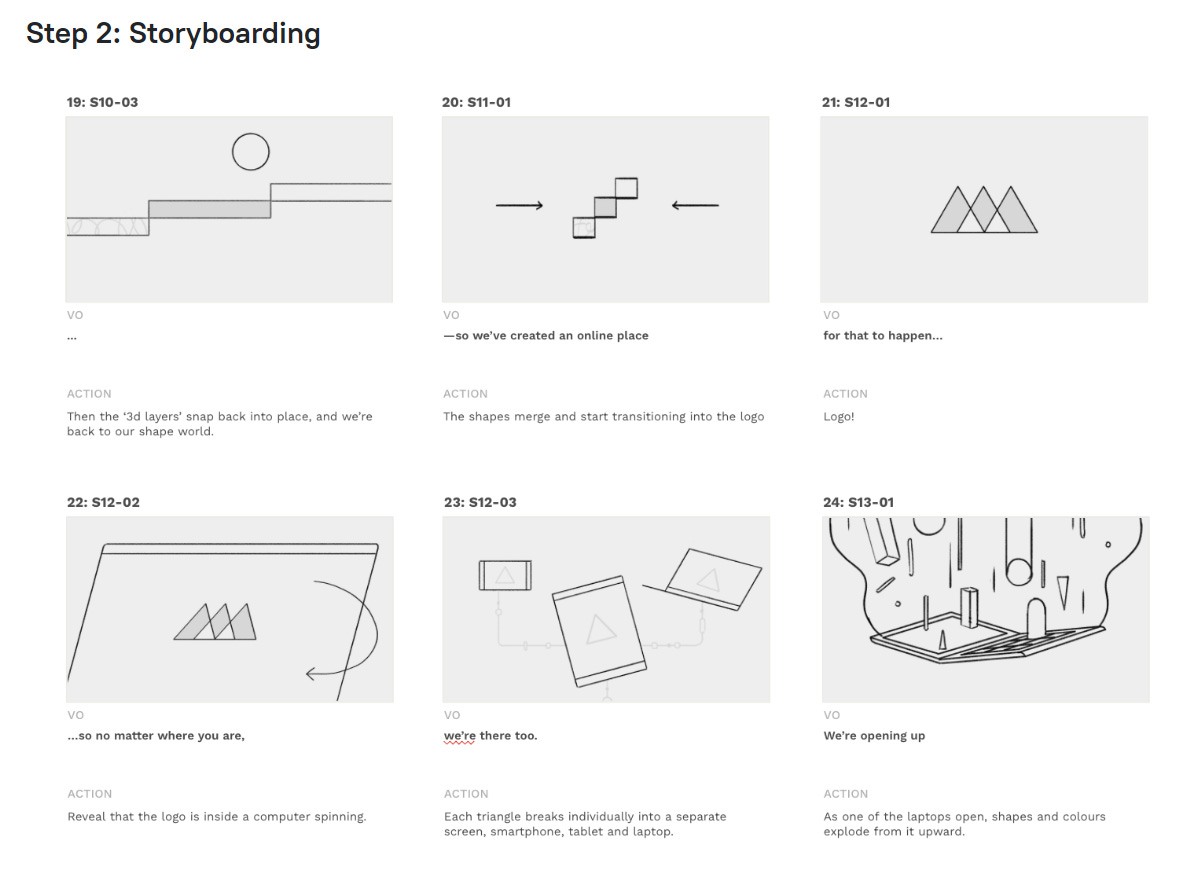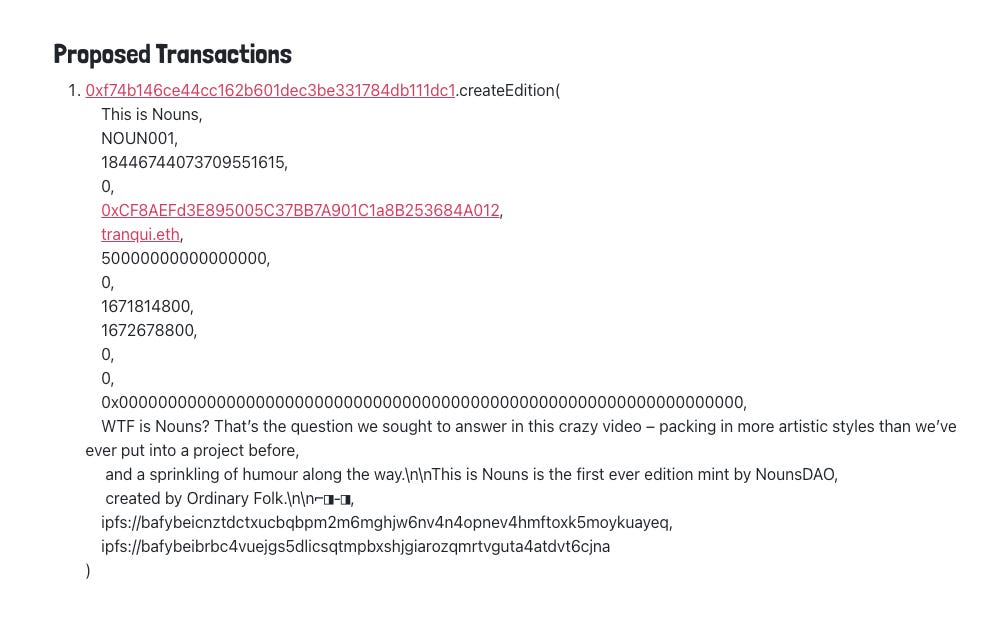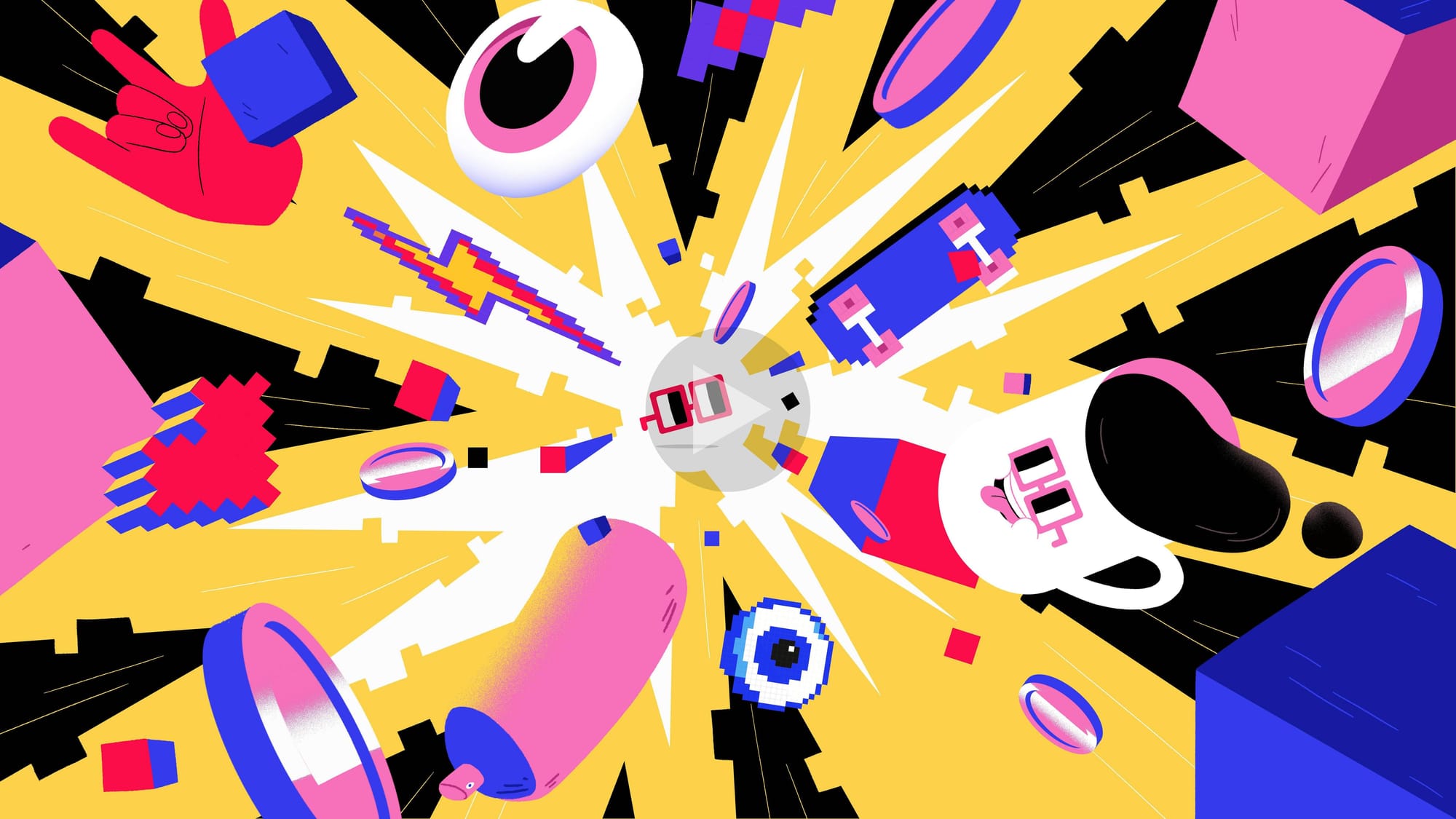Dear Bankless Nation,
Nouns DAO completed its first open edition NFT drop earlier this year.
The NFT?
An iconic and zany explainer video called This Is Nouns, which the DAO greenlit in Prop 190.
The release essentially made the equivalent of a week worth of Nouns auctions, and the video creators were paid upfront and earned a cut from all the OE sales.
I think this drop was a big deal because it offers a glimpse toward, say, the decentralized movie studios of the future.
All that said, today we hear from Nader, who posits that This Is Nouns will increasingly come to be seen as an important historical moment for Nouns and DAOs in general. Let’s see what he’s got for us!
-WMP
This Is Nouns: The Unisocks of the Nouns Community?
Guest Author: Nader, an NFT explorer with Zora
The basics of Nouns ⌐◨-◨
Nouns is one of the largest DAOs on Ethereum with a treasury that holds over 28,000 ETH. The tl;dr:
- One NFT is minted every day
- The daily NFT is put up for auction
- The funds from the winning bid go to a shared treasury
- All the NFT holders collectively decide how the treasury is spent
What is @nounsdao ⌐◨-◨
— Nader 🦇🔊 (@0xNader) 5:49 PM ∙ Aug 9, 2022
Learn what makes Nouns different from other NFT projects and how they are pioneering the DAO space 📚
Watch the full video here ➡️create.zora.co/editions/0xd97…
@punk4156 @cryptoseneca @punk4464
Nouns governance works by using the NFTs to vote on proposals. Every proposal must include the functionality that will be enacted if passed. Usually the proposals are for funding Nouns related projects, such as sending 125 ETH to a recipient address if passed.

Deploying the NFT contract
Nouns DAO’s Proposal 190 was groundbreaking not only for Nouns, but for the DAO space overall.
Rather than being a simple transaction that sends ETH to an address as we’ve mostly seen before, this proposal sought to enact complex functionality. It put forward the idea of turning the Nouns explainer video made by the Ordinary Folk team in Prop 113 into an open edition NFT with its own smart contract.

Proposed transaction
Proposal 190 went on to pass, so let’s break down what happened in its proposed transaction.
Address 0xF74...DC1 is Zora’s factory contract, which creates new editions. Factory contracts are smart contracts that can create new smart contracts, like a car factory creating new cars. In this case it’s calling the createEdition function, then passing in the settings and metadata to create a new edition contract:

This is fascinating because the NFT contract wasn’t deployed by an individual acting on the DAO’s behalf, which has been the dominant approach to decentralized orgs so far. Instead, the contract was directly deployed by the DAO interacting with a factory contract via a governance proposal.
The Unisocks connection
To better understand what might happen with This is Nouns, I think it’s important to have context of Unisocks.
Released by the Uniswap team on May 9th, 2019, Unisocks were a community collectible revolving around special socks. 500 SOCKS tokens were created and deposited into a liquidity pool for anyone to purchase. A sock token could be burned and then redeemed for a physical pair of socks.
Originally starting at around $55 each, the SOCKS token saw highs of $160,000. This small community initiative went from being a fun collectible to one of the largest, most celebrated cultural pieces in crypto.
🧦 Announcing Unisocks - a limited edition, dynamically priced sock!!!
— Uniswap Labs 🦄 (@Uniswap) 3:16 PM ∙ May 9, 2019
Now purchasable on unisocks.exchange
Zooming out
This is Nouns was an open edition mint for 0.05 ETH that was held between December 23, 2022, and Janaury 3rd, 2023.
Similar to Unisocks, This Is Nouns was a fun collectible that was open for anyone to participate in. However, unlike Unisocks where an individual deployed the socks token contract, the NFT contract was created by executing a governance proposal voted on by a DAO.
This was a big event for both Nouns and the DAO space. It shows that governance can feature complex executions beyond just sending ETH to an address. Both This is Nouns and Unisocks were fun community initiatives that most people initially overlooked because many didn’t understand the cultural relevance these items could have.
As the Nouns experiment continues to rise in importance as Uniswap has, I believe that the This Is Nouns edition release may come to be viewed as a historical moment for both Nouns and DAOs in the same way people view Unisocks today, i.e. as culturally significant artifacts!
